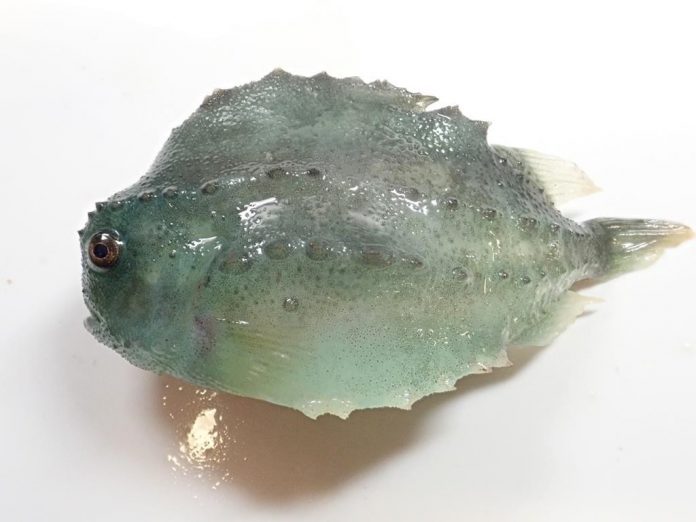A survey of sea life in the southern Gulf of St. Lawrence has found corals, sharks, sharp-toothed wolffish and even an unexpected invertebrate along with the crustaceans and groundfish that make the region a fishing mecca.
The chief biologist on the vessel said the annual survey — which looked at 66 species of fish — illustrates how the passing years have affected the same stretch of water.
“It’s striking to see the ecosystem is changing,” Nicolas Rolland said from Moncton, N.B.
“When you look at it 20 years ago or 30 years ago and what it looks like now, the abundance and amount of fish in the southern Gulf has decreased by quite a lot.”
The survey started in 1971 as a review of commercially important fish like cod and halibut, but has grown into an annual scientific assessment of all sea life hauled up from the deep.
Last September, a coast guard vessel carried crew members and federal scientists through the area roughly between the tip of Quebec’s Gaspe Peninsula and the tip of Cape Breton Island, to probe an ecosystem that lives largely out of sight.
Trawls brought sea creatures to the surface every two hours, and scientists sorted, measured, and assessed the age and stomach contents of as many specimens as they could before starting all over again.
Rolland said the density of some fish species have dropped significantly, especially for groundfish like cod or American plaice. Rolland said some have seen a 90 per cent loss in population compared to 20 years ago.
The complicated factors behind the change are many: climate change, fishing and predators like seals all have likely played a role, he said.
But as some populations have dwindled, others have moved in or bounced back in a big way.
Most groundfish species appear to be in a population decline, but Rolland said crustacean populations like lobster and crab populations are on a continual rise.
Small fish species like the tiny alligator fish — named for its ridged back and likeness to the southern predator — have appeared in higher numbers.
Others like tuna, striped bass and the red fish have seen an increase.
Fisheries and Oceans Canada say almost 50,000 fish and crustaceans were individually measured on the 2018 mission.
“The wet lab is not the prettiest place to be,” Rolland said.
“It’s smelly, it’s wet, there’s water everywhere … it’s noisy, too, because we’re on the bottom level. Most of the time we have rough seas, too.”
But the work is worth it, he said, for the experience handling animals that aren’t typically seen outside an aquarium.
This past year, a sponge specialist was on board with a microscope, giving insight into the differences between the tiny species — including one previously unknown to the region, which may constitute a newly discovered species.
The team looked at a range of sea life from sea cucumbers and starfish to predators like small sharks.
The survey takes in a few endangered wolffish every year, taking extra care handling the sharp-toothed creatures that can grow up to 1.5 metres long, before releasing them back into the water.
Rolland said it’s exciting to show the deep-dwelling wolffish to the handful of students on board every year, who might only otherwise see one in an aquarium.
The survey’s results are used to set fishing quotas and define the species’ abundance, but they also play an important role in scientific research.













